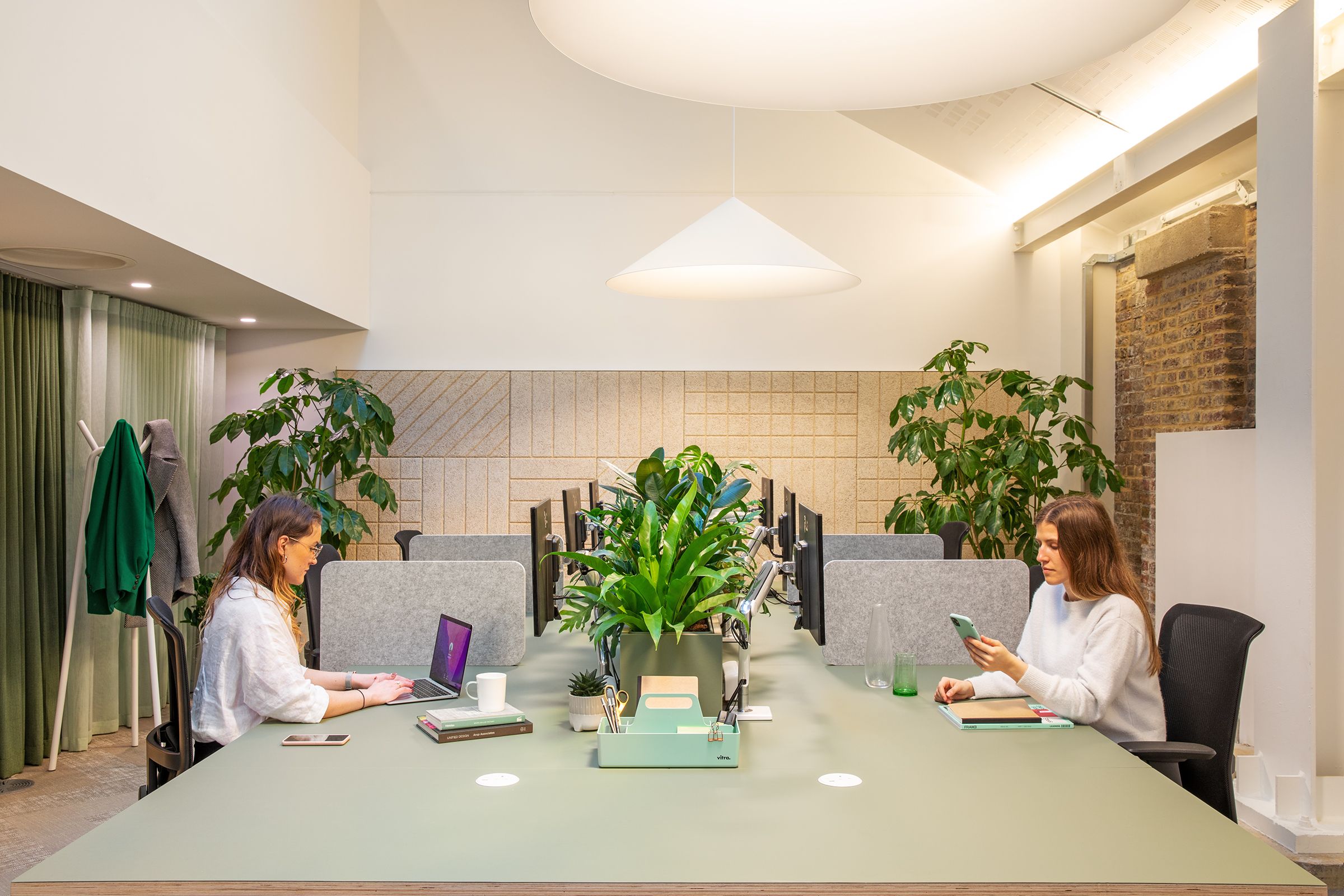
It’s estimated that around 1 in 7 people (more than 15% of people in the UK) is neurodivergent. And that’s a conservative estimate. I’m inspired to see workplace leaders and forward-thinking companies ditching the one-size-fits-all approach and turning to design that allows them to provide diverse, inclusive, and varied spaces to harness the strengths and abilities of all talent.
Great strides have been made, including the BSI’s guidelines – Design for the Mind – Neurodiversity and the Built Environment – expanding on conventional notions of inclusive design to address sensory design considerations. But are we, as designers, doing enough to enable businesses to create beautiful, accessible, and inclusive spaces that allow people – all people – to flourish and thrive within the built environment.
At Basha-Franklin, we’re committed to creating life-enriching interior environments and experiences that realise the potential of every human being. In our work, we’re rethinking not only a building’s function but also how we view designing for all users. Our human-centred approach has led us to work with clients and businesses – among them Landsec, Related Argent, FTSE100 global brands and McKinsey & Company – who understand that design that makes people comfortable to be their authentic selves benefits both parties. As specialists in neurodiverse spaces, catering for the needs of all is at the forefront of mind for every project we complete, and the end user experience is integral to our design approach at every touchpoint.
So, how does Basha-Franklin design more inclusive spaces?
Here are a few of our top considerations when it comes to designing more inclusive spaces.



